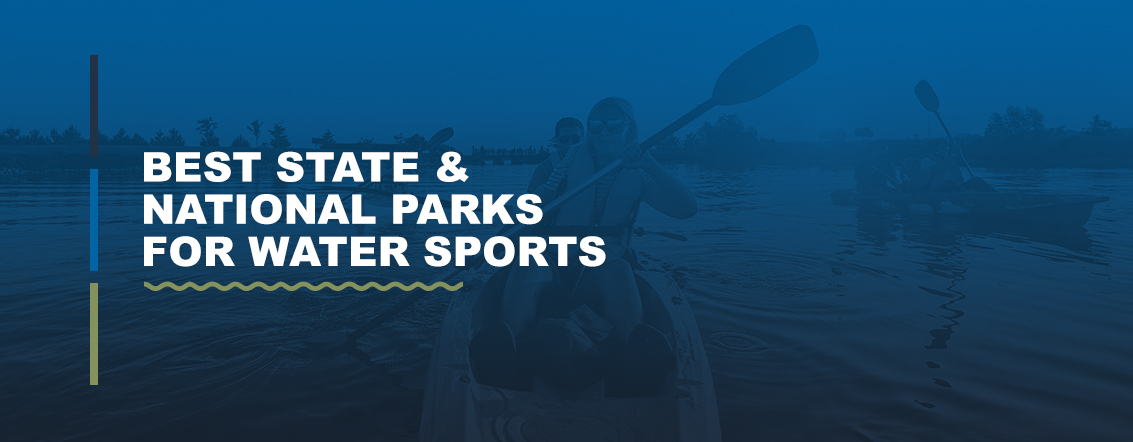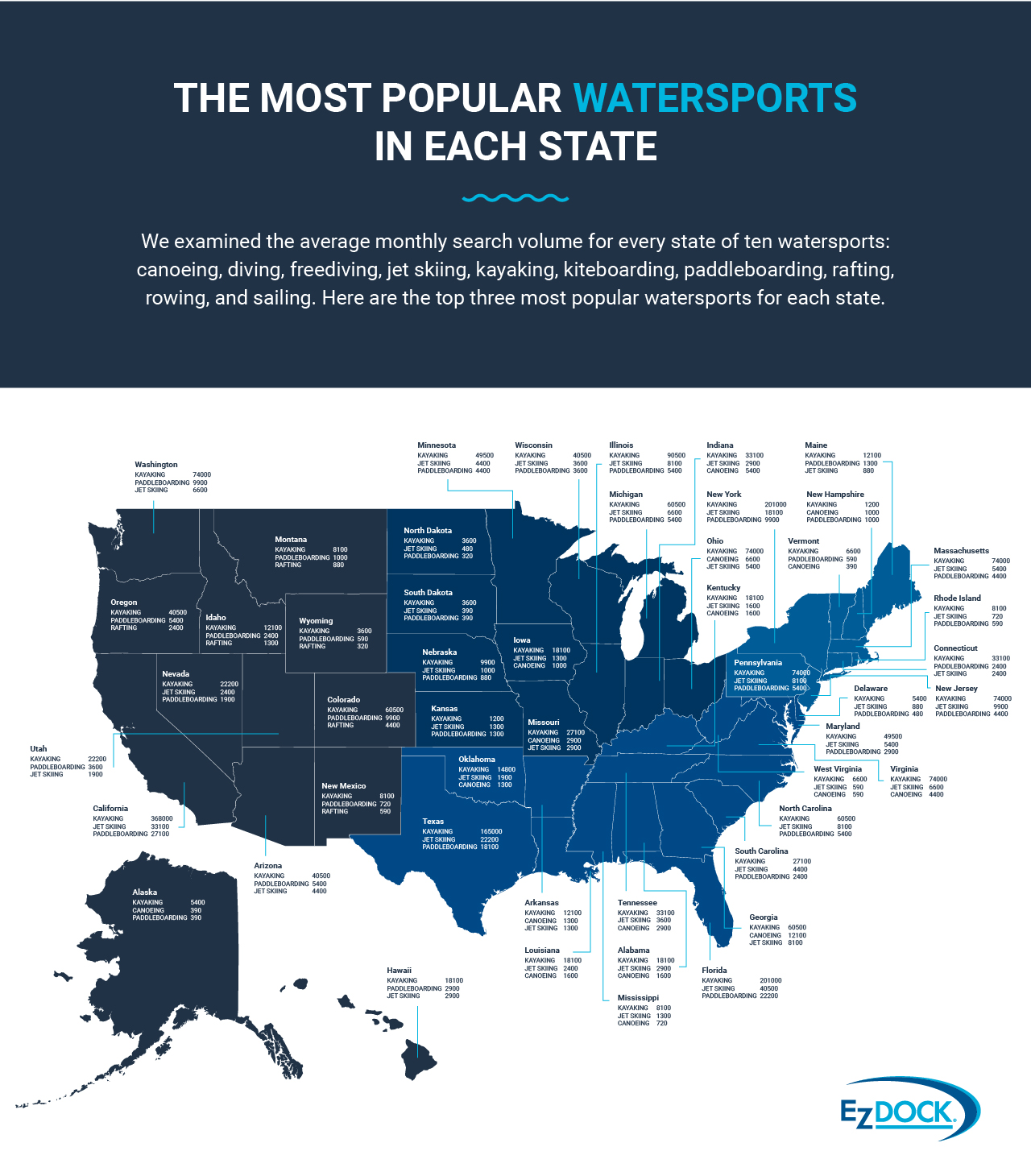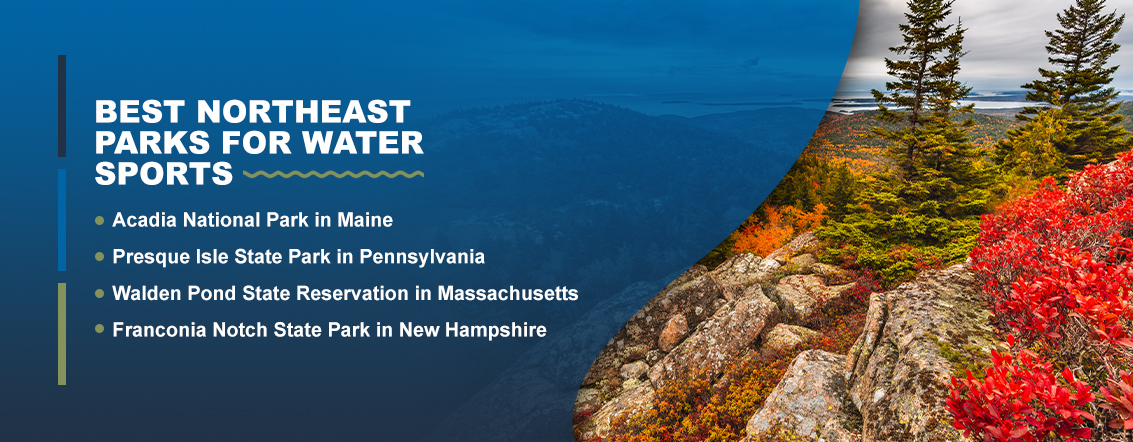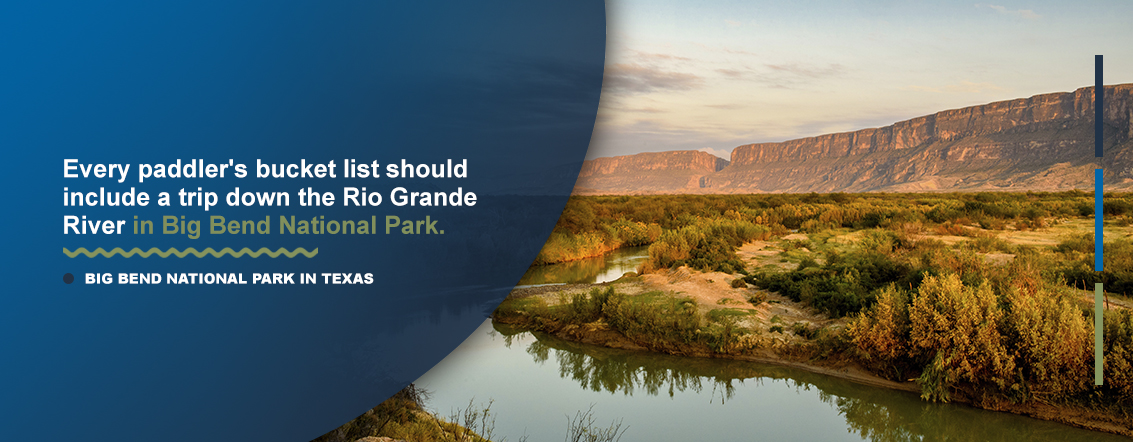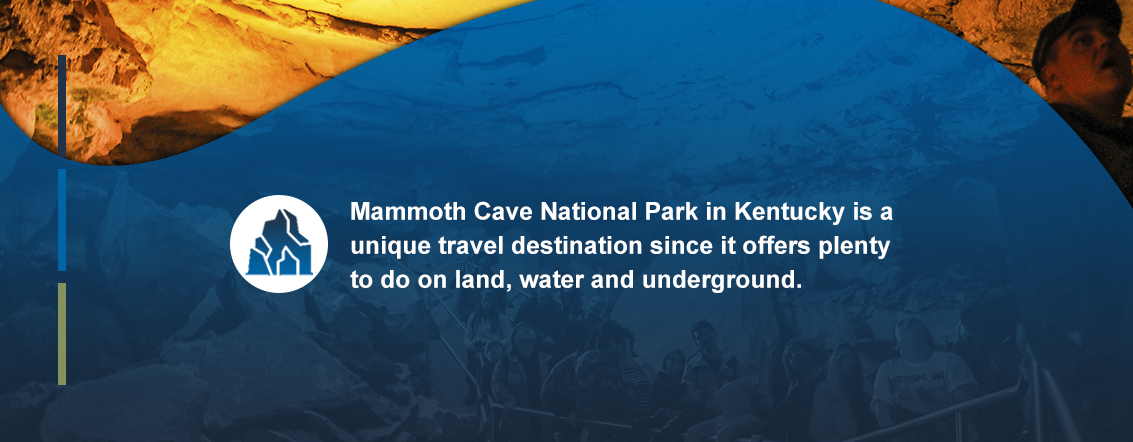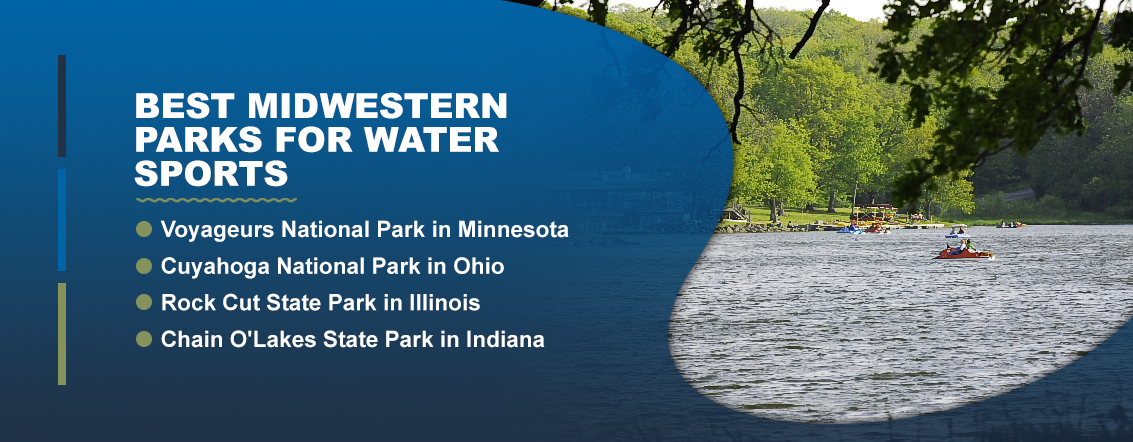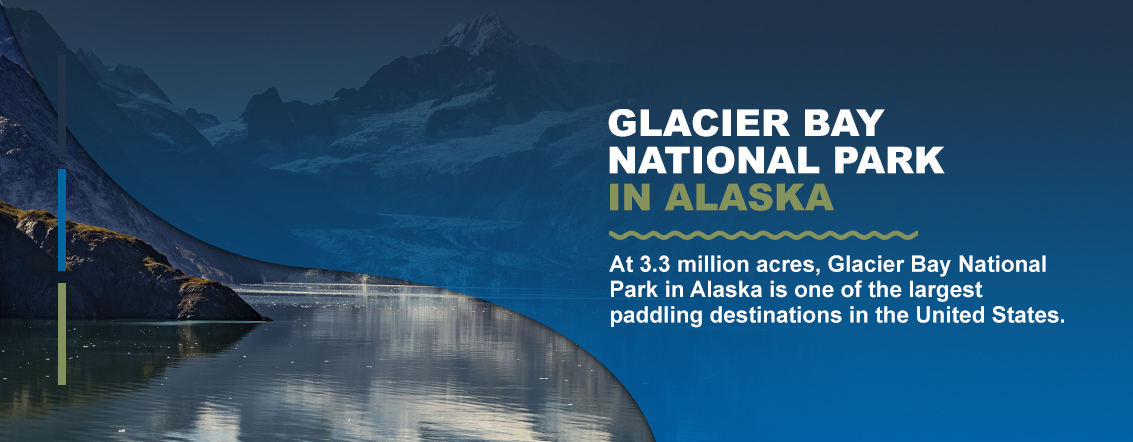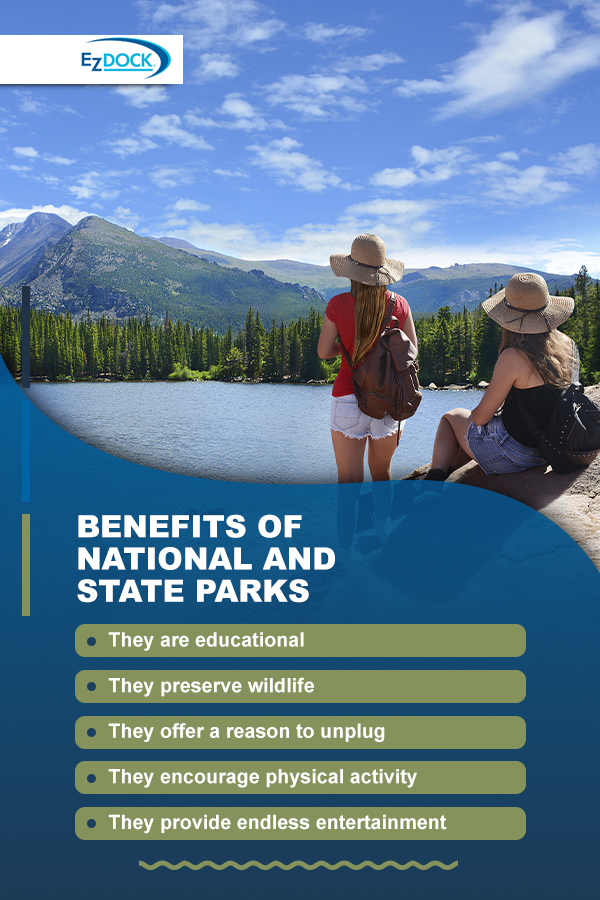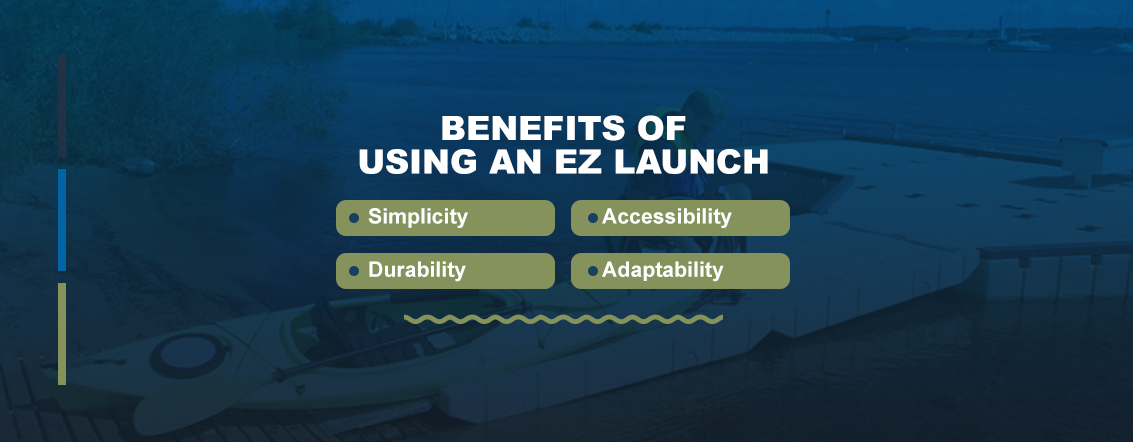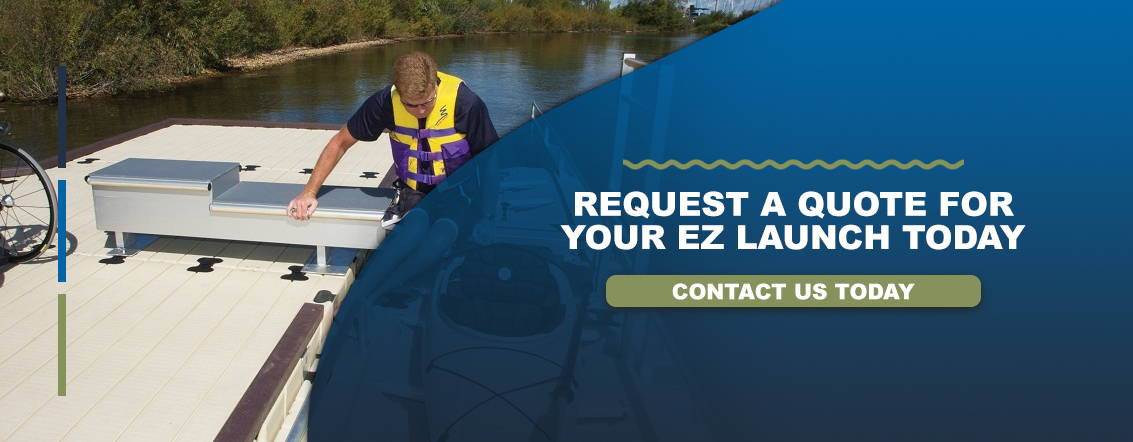Filters
Best State & National Parks for Water Sports
If you’re a boater or kayaker and love the sights and adventure of the water, you probably also enjoy exploring scenic state and national parks. Fortunately, many parks include miles of lakes, rivers, and coastal waters, making them an ideal destination for small watercraft owners. Whether you’re a beginner or an experienced operator, every region of the United States has something unique and exciting to offer water sports enthusiasts.
The Most Popular Water Sports in Each State
Before we could determine the best state and national parks for water sports, EZ Dock set out on a quest to find out which water sports people enjoy the most based on location. To do that, we delved into the search trends of every state to find the average number of searches in each for 10 different water sports.
The activities we gathered data for include:
- Canoeing
- Diving
- Freediving
- Jet skiing
- Kayaking
- Kiteboarding
- Paddleboarding
- Rafting
- Rowing
- Sailing
As a water enthusiast, you probably won’t be surprised to hear that kayaking was the overall top answer in all 50 states. It’s a popular choice for many reasons, as this sport gives you a chance for up-close looks at the shorelines and makes it easy to explore islands in the middle of a body of water.
Plus, kayaking is ideal for many types of waterways, adding numerous options to enjoy the water in any form and in any part of the country. It’s easy for beginners to get the hang of and provides an engaging, low-impact form of exercise. Kayaks are also among the most portable watercraft, lending even more to their versatility.
Our research didn’t indicate a clear runner-up — the most popular water sport behind kayaking seemed to vary based on geographic location.
Kayaking’s cousin — canoeing — ranked higher in searches in the South and parts of the Midwest. However, fans of canoeing can certainly enjoy a leisurely paddle in any area of the country, potentially at any time of year. Take in the local flora and fauna from a lightweight and maneuverable craft before calling it a night with waterside canoe-in camping. Many state parks offer this opportunity to affordably extend your stay to more than one day.
Another distant kayaking relative, paddleboarding, appeared in the top three for most states, except those where canoeing was more popular. New Hampshire, Vermont, and Alaska were the only states where the top three searches included both paddleboarding and canoeing.
Rounding out the most-searched water sports for the remaining states are jet skiing and rafting — the other five activities didn’t make a top-three appearance in any state.
As you might expect, jet skiing is most popular in coastal areas and those surrounding large bodies of water like the Great Lakes. However, it also appeared in the searches in some states you may not have expected, like Nevada, Oklahoma, the Dakotas, Kansas, and Iowa.
User searches for “rafting” were more prevalent in areas known for their spectacular scenery and wildlife. Whitewater rafting trips are excellent for letting thrill-seekers get their adrenaline rush among mountains and wilderness that are equally breathtaking. Calmer waters present opportunities to spot bears, moose, and salmon. The states that searched this term the most included New Mexico, Colorado, Wyoming, Montana, and Idaho.
Fortunately, our country has a vast network of beautiful state and national parks to engage in water sports of all types. You’ll have no trouble locating the ideal spot to launch your kayak, canoe, or paddleboard. Many also allow personal watercraft for jet skiing.
Prefer sailing, rowing, diving, kiteboarding, or freediving instead? Parks are an excellent option for those activities too!
If you can’t get enough of the water, read on to learn more about the best national and state parks for kayaking, canoeing, boating, and more.
Best Northeast Parks for Water Sports
The Northeastern states are a beautiful place to kayak — especially in autumn months when iconic New England foliage reaches its vibrant peak. Kayak, canoe or paddle your way across freshwater lakes, Atlantic surf, and endless rivers and streams. The Northeast experiences all four seasons, so you’ll need to be mindful of the time of year you visit. Northeastern winters are very cold, snowy, and icy, and many areas are inaccessible during this time.
Whether you are visiting the area or are a longtime local, these are some of the best state and national parks for water sports in the Northeast.
1. Acadia National Park in Maine
Just off the coast of Maine on Mount Desert Island lies Acadia National Park. With its rocky shorelines, beaches, mountains, and thick forests, it represents the quintessential Northeastern environment. You have to take a ferry from the mainland to get there, but once you arrive, plan to stay for a few days to enjoy everything the island has in store for you. Popular activities include climbing, hiking, tide-pooling, horseback riding, bicycling, swimming, and going freshwater, ocean, and ice fishing.
Since all kayaking off the island is sea kayaking, it’s better suited for experienced boaters who know how to handle rough currents, dense fog, and ocean tides. Guided kayak tours are available for beginners. Freshwater kayaking is available on the park’s collection of ponds and lakes. Regardless of where you’re launching from, all vessels 16 feet or longer need life vests for each person and a throwable device on board.
2. Presque Isle State Park in Pennsylvania
Presque Isle State Park is a Pennsylvania peninsula that extends into Lake Erie. Though it’s a freshwater lake, locals and visitors consider it just as fun and scenic as an ocean seashore. In addition to hiking, swimming, and fishing, you can also go in-line skating, surfing, and scuba diving. You can also take a guided walk or participate in a tour at the Tom Ridge Environmental Center.
Canoes, kayaks, paddleboards, and registered motorboats are allowed, but you cannot operate an internal combustion engine on the inside body of water between Misery Bay and Marina Lake. Iceboating is a popular water sport here, so don’t be afraid to visit during colder weather. You can also take a guided boat tour of the area to learn more about its history and ecology.
3. Walden Pond State Reservation in Massachusetts
Although Walden Pond State Reservation is not exactly a park, it is a preserved, protected area of Concord, Massachusetts, that is rich with artistic history. The pond was made famous by American writer Henry David Thoreau, who used the waterway and surrounding land as inspiration for his works. When you’re not on the water, you can tour a replica of his one-room cabin, hike, have a picnic, or learn more about the writer at the visitor’s center.
Because the pond is a body of still freshwater, it’s great for beginners or those looking for a leisurely paddle. It’s surrounded by towering trees, which look especially beautiful in autumn colors.
4. Franconia Notch State Park in New Hampshire
Head to the Lincoln, New Hampshire area, and you will stumble into Franconia Notch State Park, a small portion of White Mountain National Forest. Trout and white fly fishing are prevalent here, as well as rock climbing, hiking, and bicycling the Appalachian Trail and bird-watching. Bring along your backpack and plan to set up camp for the night.
Boat, kayak, and canoe on Echo Lake, an elevated body of water that sits at 1,931 feet and offers breathtaking views of the surrounding mountains. On your way home, keep an eye out for covered bridges and cabins on the park’s scenic route.
Best Southern Parks for Water Sports
The South is known for its Gulf Coast beaches, swampy wetlands, and sparkling lakes, so it’s no surprise that it’s a paddler’s paradise. When boating or canoeing in the South, be mindful of hurricane season in the Atlantic, which lasts from June through November. One of the best parts of water sports in the South is that you can participate in them during the winter in states like Florida and Texas.
Here are some can’t-miss kayaking and canoeing destinations in the South.
1. Everglades National Park in Florida
Everglades National Park is one of the most famous parks in the United States thanks to its diverse and unique wetland plant and animal life. You can spend hours viewing wildlife, like otters, turtles, herons, alligators, and egrets. The park is full of saltwater and freshwater boating and fishing opportunities, including guided tours.
If you plan to kayak or canoe through the park, you can choose from thousands of different waterway trails, including short day trips and multi-day excursions. Enjoy freshwater marshes, mangrove forests, or the salty ocean waters of Florida Bay. Depending on the area you’re in, conditions might be rough and unpredictable, so plan your route according to your experience level.
2. Big Bend National Park in Texas
Every paddler’s bucket list should include a trip down the Rio Grande River in Big Bend National Park. Take a half-day or multi-day trip and see Santa Elena, Mariscal and Boquillas canyons, cacti-spotted shores and secluded desert areas known for their fossils and animals. Certain canyons do not allow gas-powered vessels, and personal watercrafts (PWCs) are prohibited everywhere. All boats need a personal flotation device, extra paddles, and a patch kit if operating an inflatable kayak. If you plan to camp for the night, you need a backcountry permit, as well as a waste system and firepan.
Keep in mind that part of the Rio Grande extends into Mexico. As long as you do not land or dock on the bank of the Mexican portion, you will not need a passport.
3. Falls Creek State Park in Tennessee
Tennessee is full of boating and kayaking opportunities, but Falls Creek State Park in Spencer is one of the best places to visit. The park is a part of the Cumberland Plateau and consists of several cascading waterfalls, gorges, and streams. The headliner is the namesake waterfall, which sits at 256 feet high. Those who visit can go rock climbing, swimming, hiking, biking, or participate in an aerial obstacle course or zip line above the trees. You can also go golfing before you hit the water.
Kayaking and canoeing are permitted year-round, and most people who paddle the waters bring gear to camp along the way. Camping accommodations range from primitive tent spots to RV or cabin lodging.
4. Dry Tortugas National Park in Florida
Explorers and experienced boaters love Dry Tortugas National Park in Florida because of its sparkling aqua waters and historical background. The park contains 100 miles of small islands and open ocean water and is only accessible via boat or seaplane. The main attraction for all boaters is Fort Jefferson on Garden Key, a 19th-century battle fort. Some islands also offer swimming, snorkeling, and diving opportunities.
When kayaking or canoeing at Dry Tortugas National Park, thorough planning is crucial. There is no food, drinking water, or place to fuel your boat, so pack accordingly. Strong currents and rough waters are common, even during sunny weather. Seasonal rain and wind are also a hazard. Before exploring the area, you need to get a boat permit on Garden Key. Boats can anchor overnight in sandy bottom areas near the Garden Key lighthouse. Keep an eye out for protected zones around the islands, as some may restrict speed or entry.
5. Merchants Millpond State Park in North Carolina
If you’re seeking a calm, gentle day on slow-moving water, head to Merchants Millpond State Park in Gatesville, North Carolina. This is one of the best state parks for kayaking if you are looking for an on-the-water picnic, a fishing trip, or if you want to take some wildlife photography from your vessel. The swampy water is surrounded by hanging Spanish moss and Southern forest, with hiker-friendly shores and ample paddling trails. Several campgrounds are canoe-in, so you can spend a few days relaxing and exploring the area.
6. Mammoth Cave National Park in Kentucky
Mammoth Cave National Park in Kentucky is a unique travel destination since it offers plenty to do on land, water, and underground. The park is a UNESCO World Heritage Site and an International Biosphere Reserve due to its rich history and diversity. The rivers and bluffs are surprisingly challenging, so all anglers and paddlers should travel with a friend, wear a life vest, and avoid swimming, even in shallow areas. When you’re not on the water, take a cave tour to see underground rock formations, participate in a ranger-led tour, go horseback riding, or hike and bike your way through the surrounding trails.
7. Great Falls National Park in Virginia
Great Falls National Park in McLean, Virginia, is home to the Potomac River, Mather Gorge, and Patowmack Canal. This makes it an excellent place for boaters and experienced whitewater paddlers. If you’re new to water sports or want some guided instruction, there are lessons available. Be aware of fluctuating water levels, eddy lines, hydraulics, undercuts, and strainers, all of which can be hazardous for vessels.
When you’re not on the water, take a guided tour of the park, hike the trails or visit Washington D.C., which is only a short drive away.
Best Midwestern Parks for Water Sports
Like the Northeast, the Midwestern states enjoy all four seasons, as well as an abundance of wildlife. The terrain varies across the Midwest, ranging from mountainous and hilly regions to flat plains, rolling fields, and farmland. Though you won’t find any sea kayaking opportunities here, there are thousands of lakes and rivers that offer endless water recreation for all types of boaters.
These are some of the best places to launch your vessel in the Midwest.
1. Voyageurs National Park in Minnesota
Voyageurs National Park in Minnesota is near the Canadian border, so it’s a great place to go for beautiful northern scenery. You might even catch a glimpse of the Northern Lights while you’re there. Over the last several thousand years, earthquakes, volcanoes, and glaciers turned the park into a mashup of land and water, creating the ideal habitat for moose, wolves, eagles, and beavers.
The park contains four lakes that make up more than half of the area — Rainy Lake, Kabetogama Lake, Namakan Lake, and Sand Point Lake. Each lake is suitable for boating, but rangers advise you to keep an eye on blue-green algae, which can bloom in lakes and is very toxic to animals and people. All paddlers should wear a life jacket, and any vessels 16 feet or longer need a throwable floating ring.
2. Cuyahoga National Park in Ohio
In northern Ohio, Cuyahoga National Park is home to 125 miles of crashing waterfalls and hiking and horseback trails, wetlands, fields, forests, and the Cuyahoga River. While you’re on land, participate in the Canalway Quest, a program that allows guests to explore trails until they find specially marked quest boxes.
When you’re ready to paddle, keep an eye on the water level and quality before you launch your kayak or canoe. The water isn’t maintained for recreational use, so many hazards are present, including swift currents, log jams, wood debris, and strainers. It’s also worth noting that the water is not ideal for swimming, and all boaters need a life jacket.
3. Rock Cut State Park in Illinois
Rock Cut State Park in Loves Park, Illinois, is an excellent destination all year long. In the winter, you can go ice skating, snowshoeing, or ice fishing, while spring and summer bring geocaching, hiking, fishing, horseback riding, and thousands of colorful wildflowers.
The park has two lakes — 162-acre Pierce Lake and 50-acre Olson Lake. Pierce Lake invites boaters with any engine size, but all vessels operating at 10 horsepower or higher need to stay at a no-wake speed. Olson Lake is suitable for carry-on vessels and electric motors. Both are perfect for kayaking, canoeing, and paddleboarding. When you’re ready to cool off, dock your boat at a beach and go for a swim.
4. Chain O’Lakes State Park in Indiana
With a name like Chain O’Lakes, this state park in Albion, Indiana, is the ultimate small boater getaway. The park contains nine lakes, all of which are connected. Electric motors and paddle vessels are the only boats allowed on these calm, forested waters. Participate in the 9 Lake Challenge by stopping at the visitor center for a map of the connected waterways. Once you’ve paddled all five miles of the challenge, return for a sticker and a chance to purchase merchandise to celebrate “paddling the chain.”
After the challenge, rest at a campsite for the night and start the next day off with a hike to explore the historic schoolhouse and nearby beach.
Best Western Parks for Water Sports
When you think of the West, you might imagine plateaus, forests, and mountains. In addition to these adventure-worthy spots, Western states are also home to some of the best freshwater and glacier lakes and rivers in the country. Combined with the Pacific Coast’s crashing waves, the West offers an abundance of water sport opportunities in several picture-perfect settings.
If you’re looking for a memorable excursion in the West, you can’t afford to miss the following state and national parks.
1. Glacier Bay National Park in Alaska
At 3.3 million acres, Glacier Bay National Park in Alaska is one of the largest paddling destinations in the United States. It is also one of the best national parks for kayaking or canoeing through one-of-a-kind terrains. As one of the world’s largest internationally protected biospheres, it hosts various landscapes, like temperate rainforests, fjords, mountains, and glaciers. If you’re searching for a peaceful and exciting place to explore, you will find it on the trails and tidewaters of the isolated wilderness.
As you sea kayak through the park, prepare for frigid cold water, no matter the time of year. Expect to see glaciers and mountains towering and surrounding your vessel, as well as marine life and land animals along the way. The waters here can be dangerous due to extreme temperatures and rapidly changing tides, so beginners or those concerned about the water’s unpredictability should opt for a guided trip.
Always consult tide tables and the weather forecast before you launch. In addition to canoeing and kayaking, you can go rafting on glacier Alsek and Tatshenshini rivers. Many visitors take several days to paddle and hike the area, stopping to camp along the way. Depending on the time of year, you may need a permit for a motorized boat, and there are a limited number of private vessels permitted on the water at once. Always abide by all wildlife and whale water regulations.
2. Grand Teton National Park in Wyoming
Grand Teton National Park in Wyoming offers a little bit of everything, set against a backdrop of mountain ranges and forested bear country. Popular land activities include climbing and mountaineering, skiing, snowshoeing, and camping. For national park water sports, make sure you pick up a boat permit before launch. The park requires permits for all vessels. You should also expect to undergo an Aquatic Invasive Species (AIS) inspection to protect the water from harmful invaders.
Grand Teton is one of the best national parks for canoeing and kayaking. Snake River is a go-to paddling and fishing spot and does not allow motors. You may encounter mild rapids here, as well as log jams and differing channels. For this reason, you must check water conditions before leaving, travel with others if possible, and keep an eye on how fast the water is flowing. For motorized boating, head to Jackson Lake, where you can also go windsurfing and stand-up paddleboarding.
3. Channel Islands National Park in California
Channel Islands National Park in Ventura, California, houses five Pacific Ocean islands — Anacapa, Santa Barbara, Santa Rosa, San Miguel, and Santa Cruz Island. The area remained remote and untouched for thousands of years, which allowed plants and animals to roam free. You can still see seals, sea lions, and whales frequently here. Other island activities you might enjoy include tide-pooling, wildflower viewing, camping, hiking, and exploring sea caves by foot or vessel. On Santa Cruz Island, Scorpion Beach has clear waters and boat transportation service from the mainland to the islands.
Because the waters surrounding the islands are intense, it’s a good idea to kayak with a guide, even if you’re an experienced paddler.
Benefits of Visiting National and State Parks
Hundreds of millions of tourists from around the world visit national and state parks every year, seeking the jaw-dropping views, wildlife, recreation and solitude promised by these protected lands. National and state parks are beautiful, but also enormously beneficial:
- They are educational: Protected parks are a great place to visit if you want to learn more about a region’s history and ecology. They preserve several historic settlements and retain the integrity of land that has been relatively untouched for centuries. Many state and national parks also have museums, monuments, and learning centers that cater to both adults and children with interactive exhibits.
- They preserve wildlife: These parks are home to thousands of rare and endangered plant and animal species, which keeps them and their environments safe from destruction or mass deforestation. Every time you choose to visit or donate to one of these parks, you are doing your part to support their mission to protect precious habitats.
- They offer a reason to unplug: Spending a day — or an entire weekend — exploring a park is a perfect excuse to unplug from screens and cellphone reception for a little while. Studies show unplugging from electronics can improve sleep, increase productivity, and strengthen our ability to live presently and embrace the moment.
- They encourage physical activity: Regular exercise is important for physical and mental well-being, and it can also boost your mood and lead to a better night’s sleep. With trails, waterways, mountains, and underground caverns, it’s easy to get active at a state or national park. Outdoor exercise is a simple way to get fresh air, avoid crowded gyms, and soak in vitamin D.
- They provide endless entertainment: State and national park recreation areas offer endless opportunities for fun, including camping, hiking, canoeing, paddling, powerboating, swimming, fishing, sightseeing, bird-watching, guided tours, museums, monuments, stargazing, backpacking and horseback riding. With so much variety, they are the ultimate getaway for groups and solo adventurers.
Benefits of Using an EZ Launch
If you are an avid kayaker, canoer, or boater, you will love the convenience and ease-of-use of an EZ Launch system. EZ Launch by EZ Dock is a vessel launching system that you can conveniently integrate with your existing dock. With sturdy guide rails, smooth launch rollers, and a floating platform that rises and falls with the water, entry, and exit are a breeze.
Paddlers and boaters enjoy the EZ Launch and EZ Launch® Residential systems for their:
- Simplicity: The EZ Launch® Residential has a one-piece design that you can easily attach to existing docks. Our launch systems will hold your vessel securely in place, allowing you to get in and out without getting wet or struggling to keep your boat still.
- Durability: EZ Dock products will not splinter, warp, rust, or fade. Maintenance is also stress-free, with no loose nails to fix or intense scrubbing required.
- Accessibility: The EZ Launch Accessible Transfer System exceeds minimum requirements established by the Americans with Disabilities Act by using an industry-first transfer bench and slide board system to help individuals with disabilities enter and exit their vessels.
- Adaptability: Pair an EZ Launch with an existing EZ Dock or create an entire docking system with additions like a PWC port, a second vessel launch, a swimming platform, a gangway, or more.
Request a Quote for Your EZ Launch Today
With EZ Dock kayak and canoe launch systems, it’s easier than ever to spend less time boarding your kayak and more time exploring the water. Find a distributor near you to learn more, or request a quote today!

